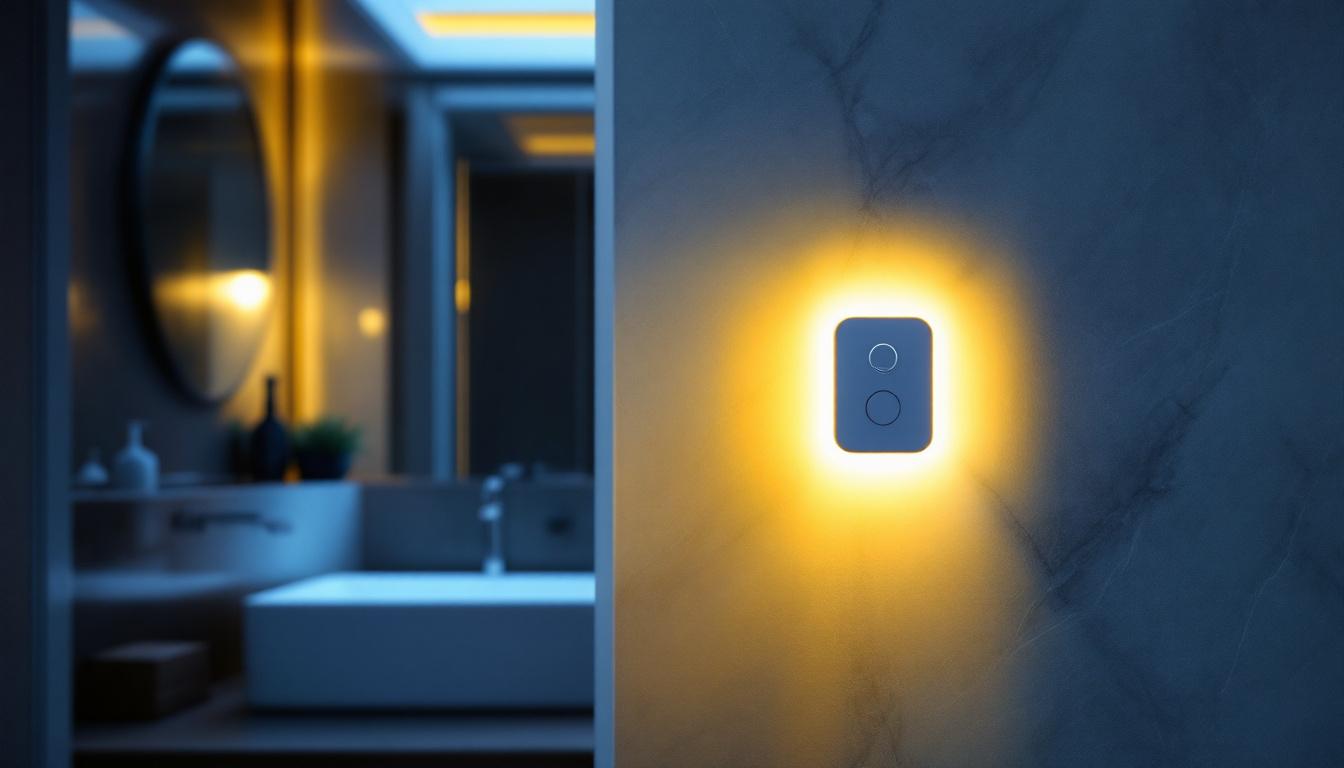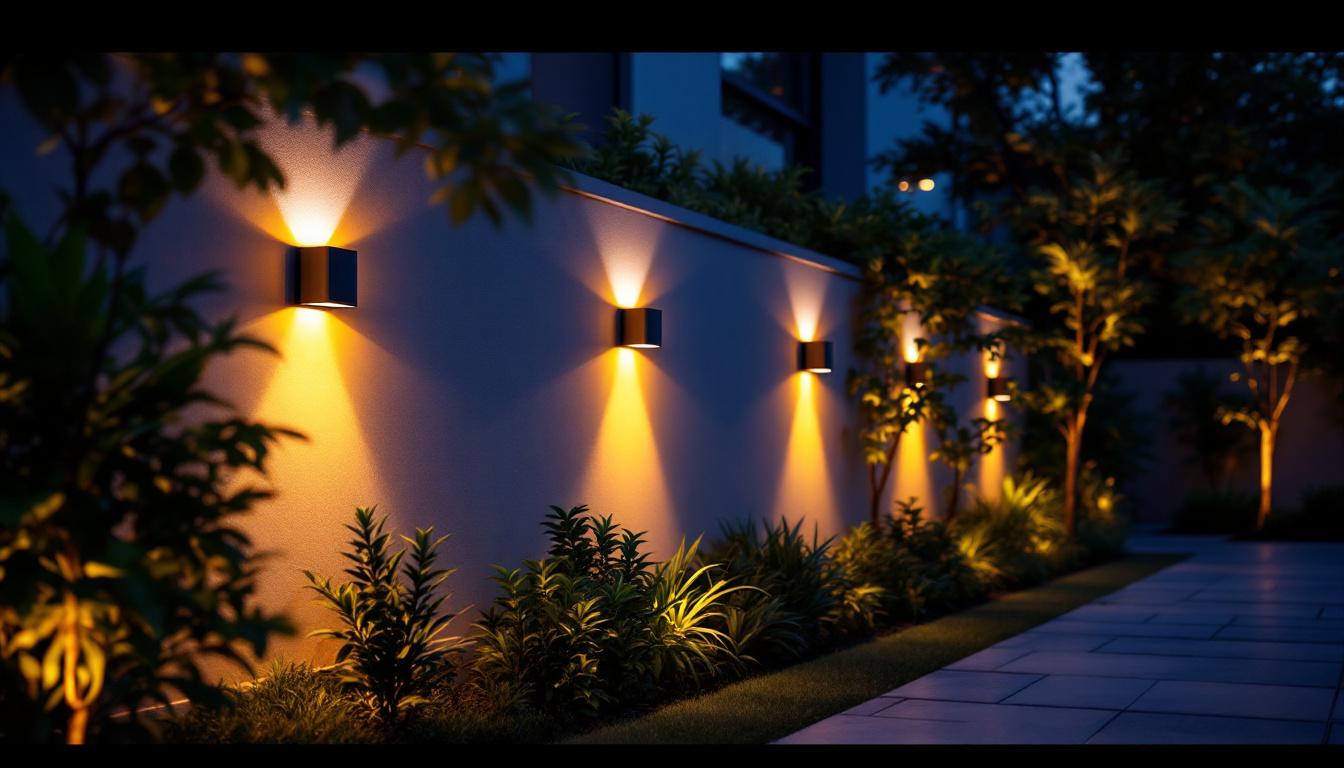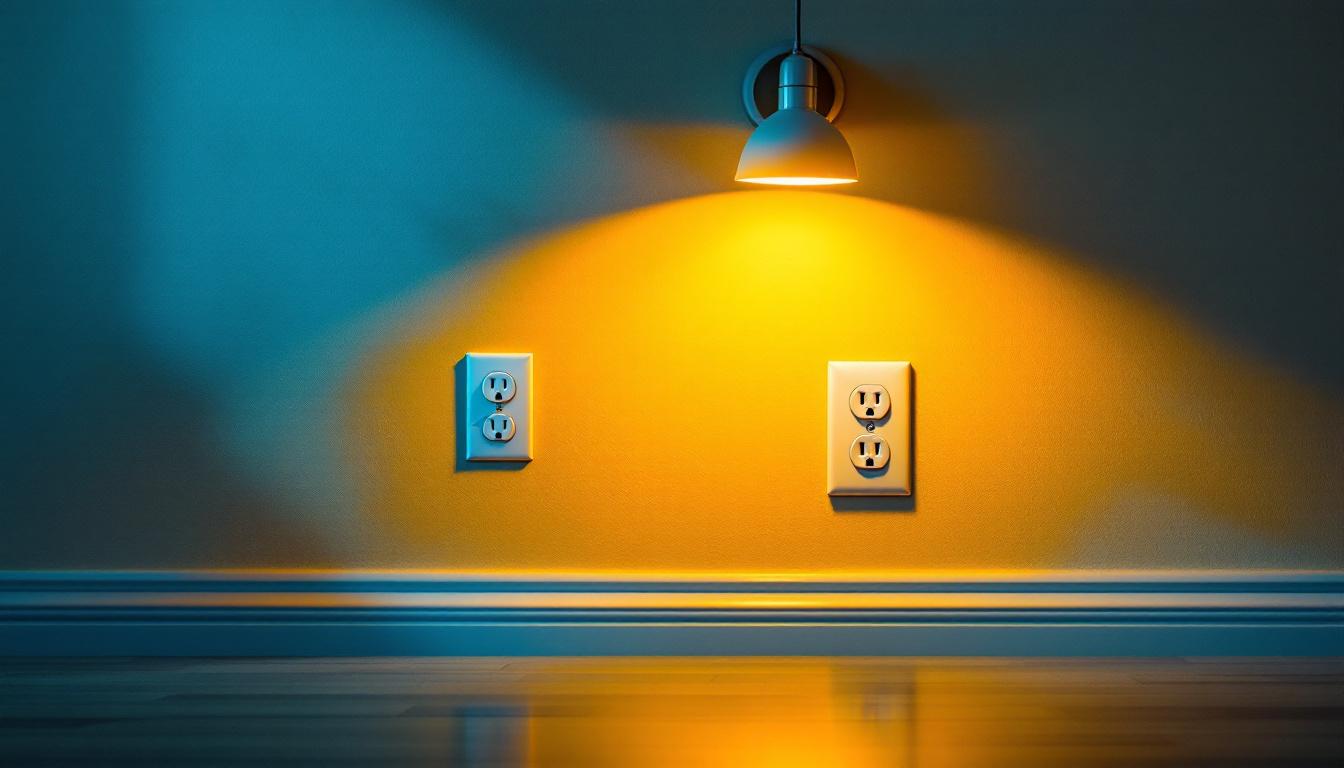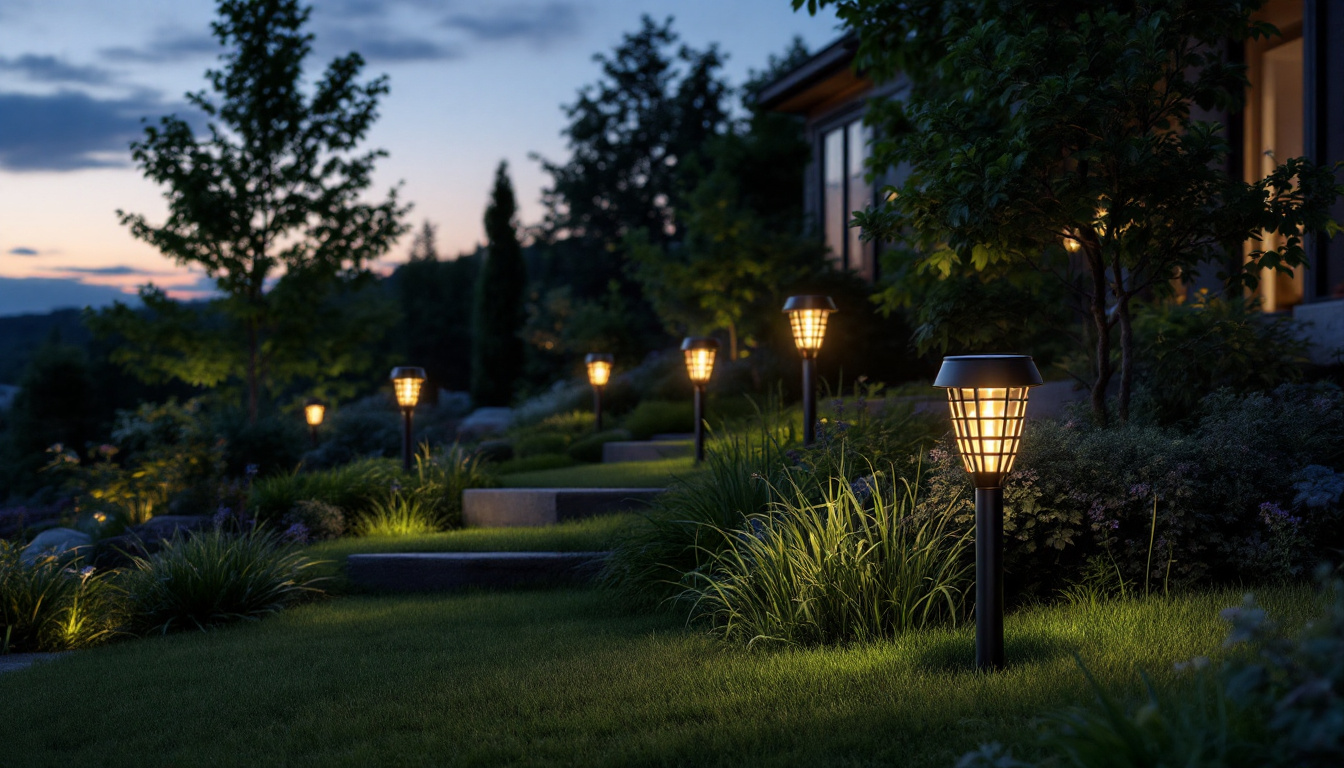
Bathrooms are among the most frequently used spaces in any building, yet they often suffer from inefficient lighting controls. Traditional switches rely on manual operation, which can lead to lights being left on unnecessarily, wasting energy and increasing costs. For lighting contractors, installing motion sensor switches in bathrooms offers a practical solution that enhances convenience, safety, and energy efficiency.
Motion sensor switches automatically turn lights on when someone enters the bathroom and off after a preset period of inactivity. This simple automation reduces energy consumption significantly, especially in commercial or multi-occupant residential buildings where bathroom usage is high. For contractors, understanding the nuances of these devices is essential to delivering installations that meet client expectations and comply with building codes.
In addition to energy savings, motion sensor switches also contribute to improved safety in bathrooms. These spaces can often be slippery, especially when wet, and having lights that automatically illuminate upon entry can help prevent accidents. This feature is particularly beneficial for elderly individuals or those with mobility challenges, as it ensures that they can navigate the space safely without fumbling for a switch in the dark. Furthermore, many modern motion sensor switches come equipped with adjustable sensitivity settings, allowing users to customize the detection range to suit their specific needs, thereby enhancing the overall user experience.
Moreover, the installation of motion sensor switches can be a significant selling point for properties. As energy efficiency becomes a priority for many homeowners and tenants, having smart lighting solutions in place can increase the appeal of a property. Additionally, these switches can be integrated with smart home systems, allowing for remote control and monitoring via mobile devices. This integration not only adds convenience but also aligns with the growing trend of home automation, making it an attractive feature for tech-savvy buyers. By staying informed about the latest advancements in motion sensor technology, contractors can offer clients innovative solutions that elevate their bathroom lighting while also promoting sustainability.
One of the most compelling reasons to recommend motion sensor switches is their ability to reduce electricity bills. Studies indicate that motion sensors can cut lighting energy use by up to 30-50% in spaces with intermittent occupancy. Bathrooms, often overlooked in lighting upgrades, stand to benefit greatly from this technology.
By eliminating the need for occupants to remember to turn off the lights, these switches prevent unnecessary energy consumption. Over time, the savings on utility bills can justify the initial investment in sensor technology, making it an attractive option for both residential and commercial clients. Furthermore, the environmental impact of reduced energy consumption cannot be understated; by lowering electricity usage, households and businesses contribute to a decrease in carbon emissions, promoting a more sustainable future. As energy costs continue to rise, the financial and ecological incentives for implementing motion sensor switches become increasingly appealing.
Bathrooms are environments where hands-free operation is particularly valuable. Motion sensor switches reduce the need to touch light switches, which can harbor germs and bacteria. This feature is especially important in public restrooms or healthcare facilities, where hygiene is paramount.
From a user experience standpoint, motion sensors provide immediate illumination upon entry, eliminating fumbling in the dark. This convenience is appreciated by all users, including children, elderly individuals, and those with limited mobility. Additionally, the seamless transition of light can enhance the overall ambiance of the bathroom, creating a more inviting space. In homes, this can be particularly beneficial during nighttime visits, as the gentle glow of lights activated by motion can help prevent accidents, making the bathroom a safer environment for all family members.
Proper lighting is critical for safety in bathrooms, where wet surfaces increase the risk of slips and falls. Motion sensor switches ensure that lights are always on when the space is occupied, reducing hazards. Additionally, many building codes and green building standards now encourage or require automatic lighting controls in restrooms to promote energy efficiency.
Lighting contractors who specify and install compliant motion sensor switches help clients meet these regulations while enhancing occupant safety. In addition to compliance with safety standards, the installation of these switches can also lead to lower insurance premiums for businesses, as insurers often recognize the reduced risk of accidents in well-lit environments. This proactive approach to safety not only protects individuals but also demonstrates a commitment to creating a responsible and caring atmosphere, whether in a home or a public facility.
PIR sensors detect body heat and movement by sensing changes in infrared energy. They are the most common type used in bathroom lighting due to their reliability and affordability. These sensors work best in enclosed spaces where the sensor’s field of view covers the entire room.
However, PIR sensors can sometimes miss very slow movements or be triggered by heat sources other than humans, such as heating vents. Proper placement and calibration are essential to minimize false triggers.
Ultrasonic sensors emit high-frequency sound waves and detect changes in the reflected waves caused by movement. They are more sensitive than PIR sensors and can detect motion through certain obstacles, making them suitable for bathrooms with partitions or stalls.
While ultrasonic sensors offer greater coverage, they can be prone to false triggers from air currents or vibrations. Combining ultrasonic and PIR technologies in dual-technology sensors can improve accuracy.
These sensors combine PIR and ultrasonic technologies to leverage the strengths of both. They reduce false triggers and improve detection accuracy, making them ideal for complex bathroom layouts or high-traffic areas.
Lighting contractors should consider dual-technology options when specifying sensors for commercial restrooms or spaces with challenging environmental conditions.
Correct placement of motion sensor switches is critical for optimal performance. Sensors should be positioned to cover all entry points and areas where occupants are likely to be stationary, such as near sinks or toilets. Avoid placing sensors where they can be obstructed by doors or partitions.
Height and angle also affect sensor range. Typically, mounting the sensor at 6 to 8 feet high provides good coverage for most bathrooms. Contractors should always consult manufacturer guidelines and conduct on-site assessments to determine the best location.
Most motion sensor switches are designed to replace standard single-pole switches and fit into existing electrical boxes. However, contractors must verify compatibility with the building’s wiring system, voltage, and load types. Some sensors are compatible with LED, CFL, and incandescent bulbs, while others may require specific types.
Additionally, certain motion sensor switches require a neutral wire for operation. Older buildings may lack a neutral wire in switch boxes, necessitating alternative solutions or rewiring.
Fine-tuning sensor sensitivity and time delay is crucial to prevent lights from turning off prematurely or staying on unnecessarily. Sensitivity controls adjust how much movement is needed to trigger the sensor, while time delay determines how long the lights remain on after no motion is detected.
Contractors should program these settings based on bathroom size, typical occupancy duration, and user behavior. Many sensors include manual dials or digital interfaces for easy adjustments during installation.
False triggers can be caused by air drafts, pets, or reflective surfaces. To minimize these, avoid placing sensors near HVAC vents or windows. Using dual-technology sensors can also help reduce false activations.
Blind spots occur when the sensor’s field of view is obstructed. Contractors should perform a walk-through test after installation to identify and correct coverage gaps.
If the lights fail to turn on, check wiring connections and ensure the sensor is receiving power. For lights that do not turn off, verify that the time delay is set correctly and that no continuous motion is detected.
Interference from other electronic devices or incompatible bulbs can also cause malfunctions. Using manufacturer-recommended bulbs and isolating the sensor from potential interference sources can resolve these issues.
Increasingly, clients request integration of motion sensor switches with smart home or building automation systems. Some motion sensors come with built-in wireless connectivity or are compatible with smart switches and hubs.
Contractors should assess the client’s existing systems and specify sensors that support seamless integration. This adds value to the installation and future-proofs the lighting control system.
Before selecting a motion sensor switch, conduct a detailed site survey. Consider bathroom size, layout, lighting fixtures, occupancy patterns, and existing electrical infrastructure. This assessment informs sensor type, placement, and settings.
Investing in reliable, well-reviewed motion sensor switches reduces the risk of failures and callbacks. Look for products with certifications such as UL listing and compliance with local energy codes. Warranty and technical support availability are also important factors.
Clients should understand how the motion sensor switch works, including how to adjust settings if needed. Providing clear instructions and maintenance tips helps ensure long-term satisfaction and optimal performance.
Keep detailed records of sensor model numbers, settings, and wiring diagrams. This documentation aids future troubleshooting and upgrades.
For lighting contractors, bathroom light motion sensor switches represent a straightforward upgrade that delivers measurable benefits. They enhance energy efficiency, improve user convenience, and contribute to safer, more hygienic environments. Mastering the selection, installation, and troubleshooting of these devices positions contractors as knowledgeable professionals capable of meeting modern lighting demands.
By paying close attention to sensor type, placement, wiring, and client needs, contractors can ensure successful installations that stand the test of time. The result is a win-win: satisfied clients enjoying smarter, more efficient lighting and contractors building a reputation for quality and expertise.
Ready to take your bathroom lighting projects to the next level? LumenWholesale is here to support you with the highest quality motion sensor switches at unbeatable wholesale prices. Our spec-grade products are designed to meet the rigorous demands of modern lighting installations, ensuring reliability and performance for your clients. Say goodbye to local distributor markups and hello to hassle-free bulk buying with free shipping. Elevate your lighting solutions today and experience the best value in wholesale lighting with LumenWholesale.

Discover why 8-inch LED downlight retrofits are a game-changer for lighting contractors.

Discover how external solar-powered wall lights can revolutionize your lighting projects and help you secure more contracts.

Discover how to enhance your home’s lighting efficiency with optimized electrical outlet receptacles.

Discover the transformative power of LED solar lights for outdoor spaces.